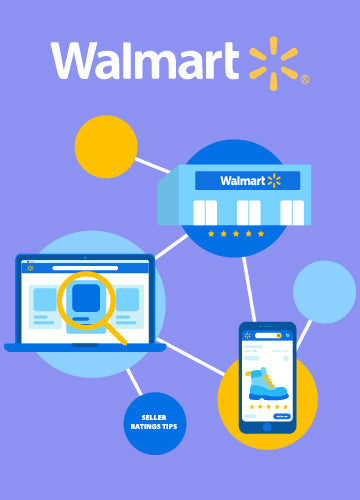Website is the face of any business, professional, or creative. So, it should be accessible to everyone. However, not everyone can access the website the same as a common person. There are people out there who want the services or products you are offering but are unable to navigate your website like common people. They are the people with special needs and your website should be accessible to such people.
This is where the need for the website to be ADA-compliant comes into play. Americans with Disabilities Act (ADA) is a legal requirement that ensures a smooth online experience for special people. So, in this blog, we will cover the detailed answer of does your portfolio website needs to be ADA compliant.
Why Websites have to be ADA-Compliant
The biggest ambiguity regarding the ADA compliance of the website is Why they have to be ADA-compliant. Well, if we say there is any federal law that obliges you to make ADA-compliant websites, then it is not. However, it is more of an ethical matter that shows you are an advocate of inclusivity.
But!
There are two titles of ADA binding that state which businesses should have ADA-compliant websites.
Title 1 of the ADA states that businesses with 15 or more full-time employees who work 20 or more weeks per year should have ADA-compliant websites.
Title 3 of the ADA states that companies offering public accommodations like hotels or transportation should be ADA-compliant.
However, there are no set rules that need to be followed while creating such ADA-compliant websites.
Does Your Website Need to Be ADA Compliant Portfolio Website

Your portfolio website is the digital shopfront of the services you offer. You need to ask yourself first whether the services you are offering are equally useful for people with special needs as they are for regular people. If yes, then your website has to be ADA-compliant. So, in essence, your audience and site nature determine whether your website should be ADA-compliant or not.
ADA compliance is not just about the services or products, it is more of an ethical concern. Having an ADA-compliant website will leave a strong positive impression on your working ethics and enhance your reputation.
This compliance ensures the availability of your website to everyone, no matter what their physical and cognitive abilities are. Some of the ways through which you can make your website ADA-compliant are:
- Providing alternative text (alt text) to images
- Create a website that is navigable with the keyboard
- Legible and comprehensible content
Adopting such tiny yet meaningful changes can do wonders for your professional image.
Things You Can Do to Make an ADA-Compliant Website
Navigational Ease
Mostly, navigation is referred to as the menu at the top of the website. This is the area that contains all the pages of a website. However, for people with vision impairment, it’s hard to explore and change sections. So, it needs to be structured properly to present the information.
Tab navigation is a great way for such users to have easy navigation on your website using various keyboard shortcuts. It allows readers with physical disabilities to read the website easily. If this navigation doesn’t work for you, they will leave your site and you may lose a potential client.
Quick Website Response Time
Disabled people don't prefer PCs because of their physical limitations. They prefer using mobile phones or tablets. So, you need to make your website responsive to different screens. It will allow people with disabilities to use these devices efficiently. Your website has to be scaled to the different screen sizes. It should have the ability to fit different formats.
Some features work best on laptops and desktops. These features should be presented in a way that they operate fine on other screens as well. For instance, hover features work best on laptops but not on touch screens. So, they should be turned into clickable buttons or tables as per the content demands.
Alt Tags, Labels, and Title

Visual elements on your website must be functional for everyone- special and regular people alike. To make this happen, they need to be labeled properly. It’s the only way to make information accessible for people with special physical and cognitive abilities.
Buttons
They should have the title the same as the text of the button. For example, a user with physical disabilities can use voice activation for the button. If the button is labeled as “submit” to submit the form but it carries the title “send”, the user’s command of submit won’t initiate the response and that would be frustrating for the user.
Images
They need an “alt tag” for their identification. It’s kind of similar to buttons. All images should get the attribute that explains what the image is about if the user is viewing the image. For example, if there is a photo of two happy people, the image alt text should be saying two happy clients. Without this text, people with visual impairment won’t be able to interpret the image.
Icons
Icons need to be handled differently even though they have the same issues as the images. Their attributes are the blend of images and buttons. The title attribute for them is used as buttons, while the value is like the image description.
Other visual elements also require alt text, title, or other alt features as per their nature.
Conclusion
We hope your query of “Does your portfolio website need to be ADA compliant” is satisfied. ADA-compliance is the personal choice but a few changes can make the real difference. From enhancing your website accessibility to improving your SEO performance, it will help a lot with the visibility and reputation of your website.
FAQs
Does your website need to be ADA compliant portfolio website?
Ethically yes. However, there are no obligations to make your portfolio website ADA compliant. However, ADA compliance speaks a lot about your professional image and your acceptance of inclusivity. Moreover, you won’t be losing customers/clients because of your website's inaccessibility to certain people.


